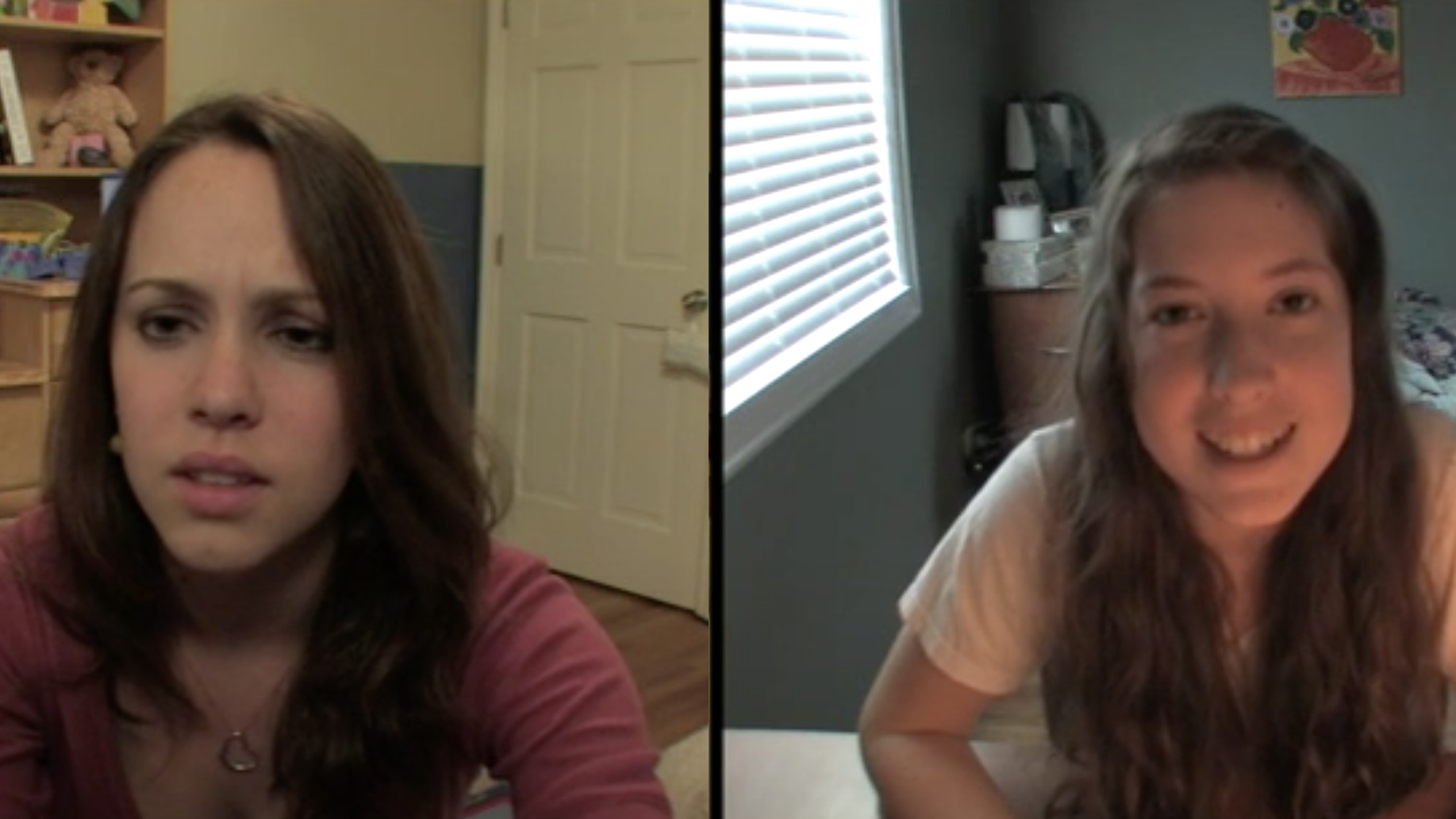Content warning: This column contains mentions of abuse, sexual abuse and pedophilia. Views expressed in opinion columns are the author’s own.
I am an adrenaline junkie.
Whether it’s zip lining through the rainforests of Costa Rica or hiking New Jersey’s infamous haunted Clinton Road on Friday the 13th, as long as I feel a burst of excitement — and more often fear — I am down for anything. That’s why when I heard the movie Megan is Missing is so scary it made people uncontrollably sob and plead to the general public to avoid it at all costs, I was understandably intrigued.
Although I had seen warnings of the disturbing content, one even coming from director Michael Goi himself, my curiosity got the best of me. However, what I ignorantly failed to realize from these warnings was this movie was not just scary, it was absolutely disturbing and quite literally traumatizing.
I was able to stomach about 40 minutes of the film before becoming so overwhelmed with horror, fear and disgust I had to slam my computer shut and call my mom. The loose storyline of the film is instantly lost amid the graphic portrayals of kidnapping, child rape and unthinkable torture that occur to two minors at the hands of an internet pedophile. And I didn’t even watch the most disturbing parts of the movie which, according to most viewers, occur in the last 22 minutes.
The movie has faced harsh backlash online in recent months due to a viral trend on the popular app TikTok, where people are filming their horrified reactions. However, Goi defends his film, claiming it is meant to bring awareness about the dangers of chatting with strangers online and combat the “sensationalistic” portrayal of internet predators.
Megan is Missing is not the only movie of this extreme nature. Recently, the Netflix film Cuties was similarly criticized for sexualizing children and supposedly appealing to an audience of pedophiles. These movies are meant to be disturbing — the horrible nature of these films might be enough to “scare people straight” or, at the very least, incite a passionate reaction toward actual criminals.
But when the film goes from shocking to absolutely horrendous and borderline illegal, a line is crossed. In showing such graphic assaults and crimes — especially against child or young actors — both the audience and the film’s cast are in danger of experiencing trauma. In a way, it’s like a crime is committed against these actors; they are pushed into incredibly distressing scenes that involve older adults and inappropriate content. These films feel illegal to watch, let alone enjoy.
Regardless, no form of trauma can lead to a positive change, no matter the filmmakers’ intent. People instead can become angry and question the morality of the filmmaker who chooses to create vile criminal reenactments.
There are better ways to bring awareness to important issues that do not involve harming an audience or a group of actors. Instead, providing a documentary that outlines true crime victims rather than exploiting them takes a more safe and respectful approach toward sensitive atrocities. This format also often presents facts in a way that is straightforward and to the point, not a dramatized portrayal for entertainment and shock value.
Movies with shock value are constantly produced to satisfy the cravings of adrenaline junkies like myself, but creating disturbing content under the guise of “spreading awareness” is immoral and unfair to audiences interested in the movies intended genre. I highly advise anyone who hears about these movies and those similar to not only avoid watching, but also denounce the disrespectful way in which their supposed messages were presented.
Gabriella Kurczeski is a junior English and psychology major. She can be reached at gkurczes@terpmail.umd.edu.



